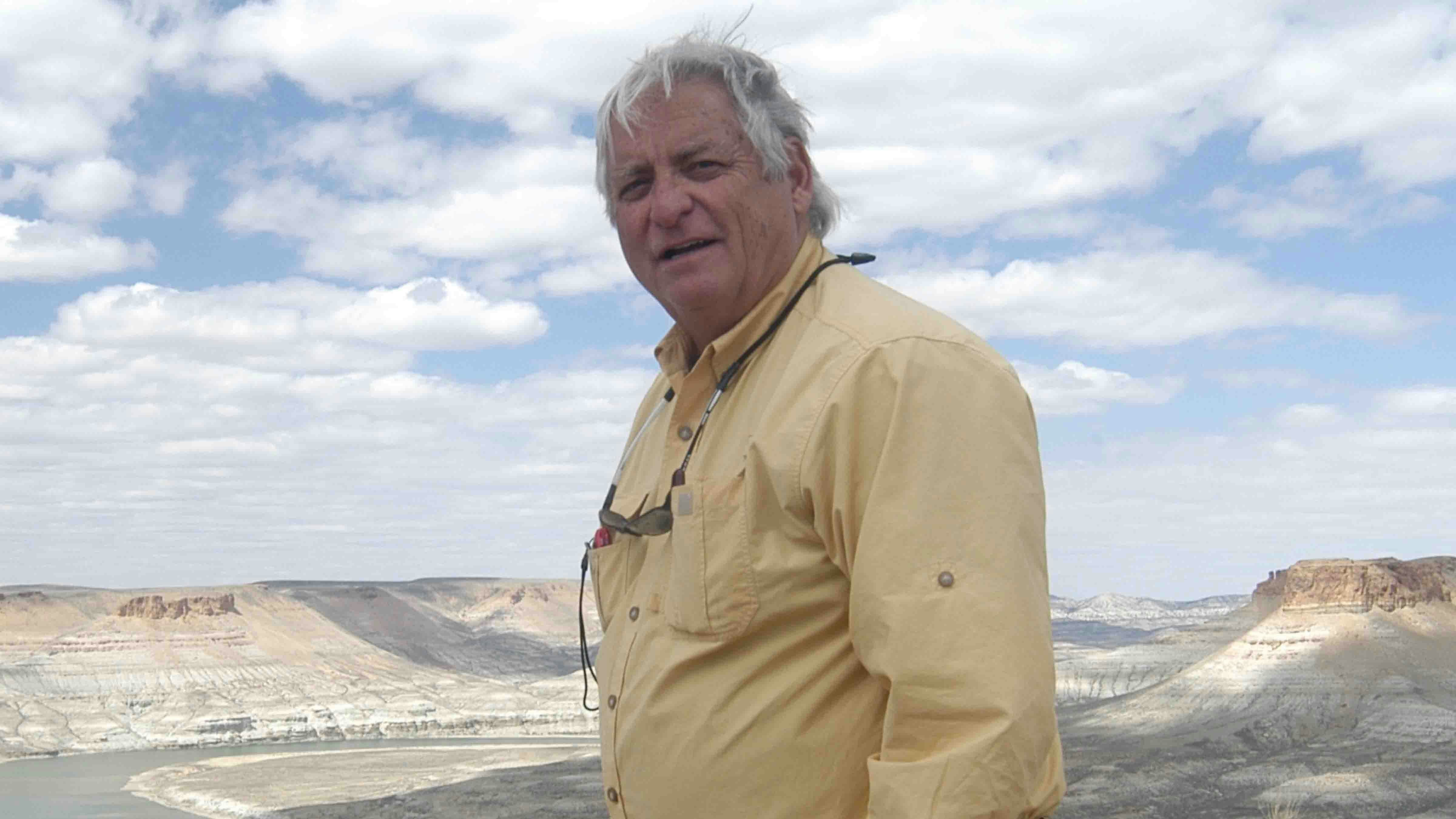In 2006, the State of Wyoming and the University of Wyoming collaborated to create a one-of-a-kind school, dedicated to enhancing the Wyoming economy.
The school was called the University of Wyoming School of Energy Resources (SER) and is dedicated to energy-driven economic development through instruction, research and outreach. It leads cutting edge programs to enhance Wyoming’s economy.
As a division of the University of Wyoming, the school offers one of the fastest growing bachelor’s degree to train graduates to work in energy development (land management or energy and environmental systems).
In collaboration, SER also offers a new minor, a land administration certificate (with the College of Ag, Life Sciences and Natural Resources, CALSNR) and a carbon capture, use and storage certificate (with the College of Engineering and Physical Sciences, CEPS, and the College of Law, COL).
Currently being considered are two nuclear energy certificates.
At the graduate level, SER supports students pursuing Wyoming-relevant studies through coordination with most other UW colleges.
SER provides funding for cooperative research efforts to bring together faculty and graduate students from multiple disciplines to advance Wyoming energy industry with cutting edge research.
While obtaining grants is not the primary measure of success for SER, it has extensively grown its research portfolio in both scale and breadth, currently executing over $22 million in state-funded research projects and $38 million in external (mostly competitive federal) projects underway.
In addition, SER has approximately $82 million in federally funded projects under negotiation with the Department of Energy.
Wyoming’s economy is so much different than the economies of many other states, its industries have become easy targets.
According to the Department of Administration and information, the proportion of Wyoming workers employed in the mining industry was 5.7% in 2022, ranking 1st, compared with 0% in Connecticut, Delaware, Hawaii, Massachusetts, New Jersey, and Rhode Island, 3.8% in North Dakota (2nd), and 0.4% in the U.S.
On the other hand, the share of Wyoming workers employed in the manufacturing industry was 3.6% in 2022, ranking 48th, compared with 17.0% in Indiana and 2.0% in Hawaii.
Since many states do not have extraction economies, it is easy for politicians from those states to attack Wyoming’s industries.
SER works directly with Wyoming industry in both innovation and diversification to stave off attacks from federal regulators intent on destroying Wyoming’s key industries.
Currently, the SER has field projects that often start in UW labs, but are moving toward demonstration and deployment across Wyoming, keeping Wyoming at the forefront of energy development.
For example, SER’s carbon engineering program started with innovation by UW faculty and researchers, innovating to convert Wyoming coal into value-added products.
The first carbon engineering project involves coal pyrolysis, in which a carbon char is created from Wyoming coal used for bricks and other construction materials.
Another exciting coal project that creates the ‘glue’ that holds asphalt together is solvent extraction, which is a technology developed in partnership with Western Research Institute in Laramie and in collaboration with WyDOT.
Asphalt is a product needed all over the world for building roads.
This project could not only generate a new market for coal (with the associated revenue and jobs) but also could save Wyoming money on asphalt purchase for WyDOT and municipalities.
With the federal government passing more and more oil and gas regulations, the SER has funded the Center for Air Quality in the CEPS Atmospheric Sciences Department to work with Wyoming gas producers, which now have the lowest methane intensity natural gas in the western US.
With control of most of the world’s rare earths and critical minerals resting in China, development of a domestic rare earth industry is key to national security.
SER is working to build a new rare earth-based industry in Wyoming, which will provide jobs and secure materials for the United States.
With a blossoming Wyoming nuclear industry, SER is developing new programs to support that industry.
There are myriad other projects being advanced by SER throughout four corners of the state, all designed to enhance Wyoming energy economy.
The concept behind the school, developed by the legislature in 2006, has become a beacon of hope for the Wyoming economy and the future.
One thing we can all count on is that things next year will be different than they are this year.
Keeping abreast of scientific changes, and adapting the economy to the regulatory and technological developments insures a wonderful future for Wyoming’s economy.
The School of Energy Resources is a one-of-a-kind experiment created by the State of Wyoming of which we can be proud.
Thanks to Dr. Holly Krutka for her assistance in preparation of this column.
Tom Lubnau served in the Wyoming Legislature from 2005 - 2015 and is a former Speaker of the House. He can be reached at: YourInputAppreciated@gmail.com





